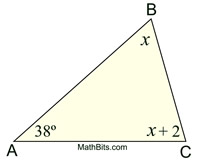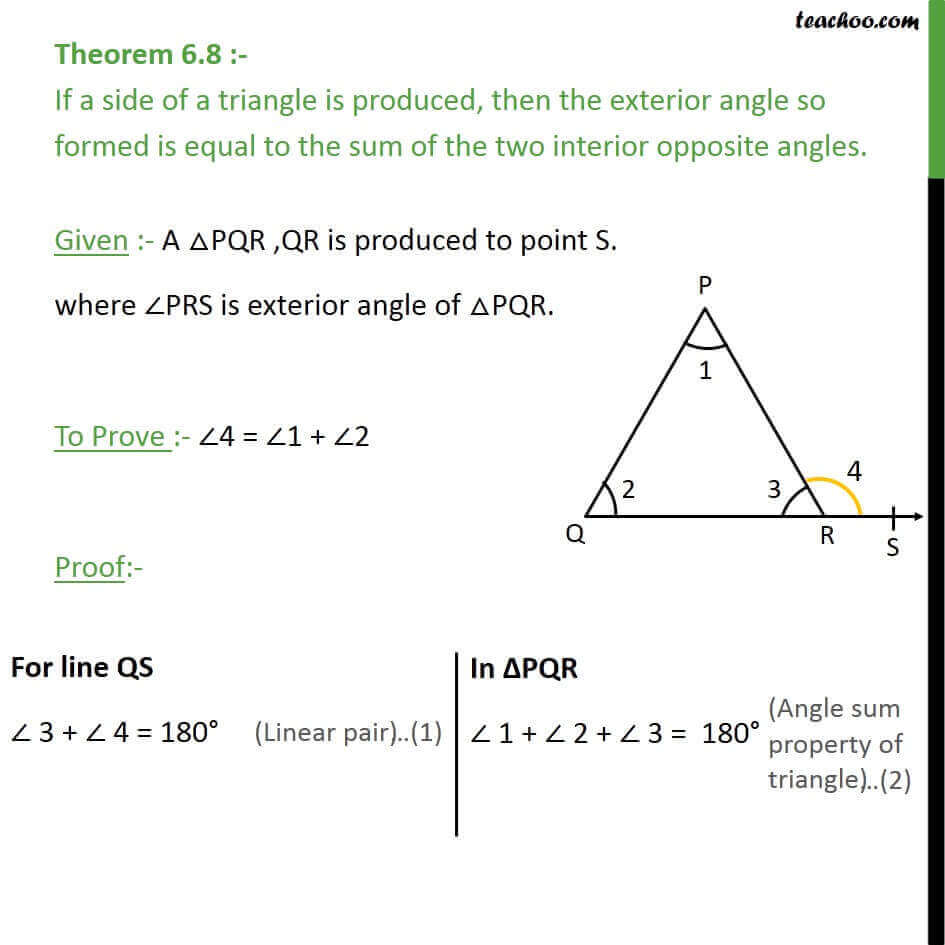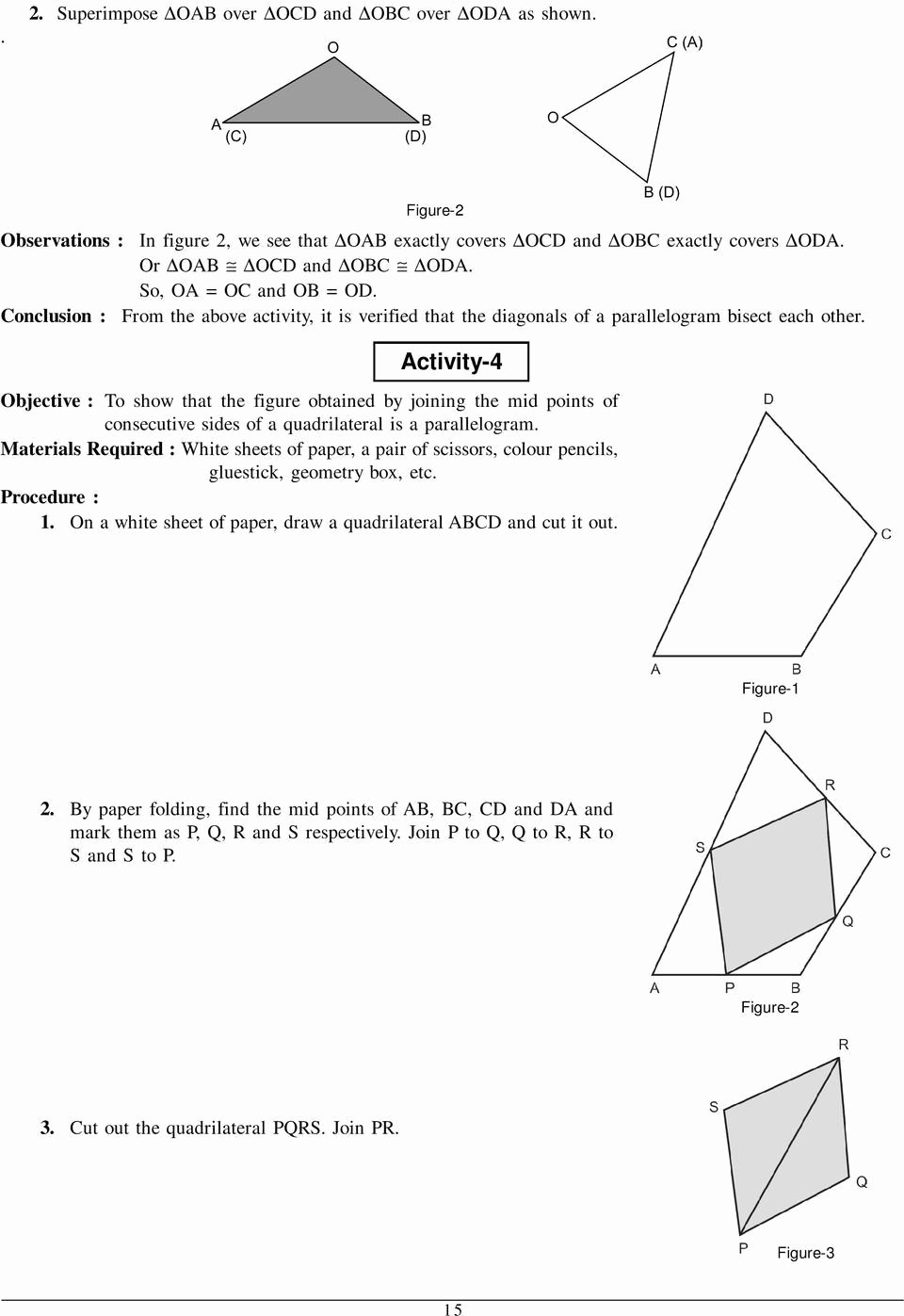
TRIANGLE ANGLE SUM FREE
To find out exactly how free subscription works, click the following link: Go to the subscribe area on the right hand sidebar, fill in your email address and then click the “Subscribe” button. You can then receive notifications of new pages directly to your email address. If you enjoyed this post, why not get a free subscription to our website.

This game about “Itzi” spider involves solving several levels of Angles questions, where later levels include triangles.Ĭlick the following link to play this challenging game. “Tank Attack” has some quite challenging questions on Supplementary Angles, as well as Triangles.Ĭlick the following link to play this game.
TRIANGLE ANGLE SUM PDF
Note that it is best to set the units button to “Integer” whole numbers when using this demonstration tool.Ĭlick the following link to use this interactiveĬlick the following link to get a PDF worksheet on finding Triangle Angles. (Much quicker than cutting out lots of random triangles from paper and measuring them). The middle of the following web page has a drag around interactive which shows the angles always adding to 180, no matter waht shape we make the triangle.
TRIANGLE ANGLE SUM HOW TO
The following examples show how to calculate the missing angle for several different triangles, using Algebara equations. Missing Angle = 180 minus the other two given angles When a question gives us the values for two interior angles of a triangle, the third missing angle is always 180 minus the two angles that we know. Here is another video that involves using Algebra to find unknown angles.īecause we know that the three angles add up to 180 degrees, we can easily work out the value for a missing angle. This next video shows a more complex problem involving Ratios, and how to use an Algebra Equation to solve for the unknown angles. This first video shows several different examples of how to find missing Angles in Triangles. The following shows the 180 degrees total rule for several different triangles. The first proof involves hands on cutting up a paper triangle, and the second one is a far more technical geometric proof. Two mathematical proofs for angles adding up to 180 degrees in any triangle are shown in the following video. The three angles in any triangle always create a total of 180 degrees. In this lesson we look at how the three angles in any triangle always create a total of 180 degrees. In Australia, the Sydney Harbor Bridge is made of an interwoven triangle structure.Įvery part of the bridge is extensively triangulated to create rigidity and strength.īuilders of Structural Frames and Steel Bridges need to have an intimate knowledge of angles and triangles. Without a triangle structure the wood frame will not be rigid or strong. If you have any questions or comments, feel free to leave a comment below.Building Frames are “triangulated” to give them strength. To summarize, the sum of the angles in a triangle is 180° because the angles can be rearranged to form a straight angle. Therefore the sum of the angles in a triangle (Triangle Angle Sum) is 180°. angle ABC is already part of the straight angle.Īfter labeling the angles, the triangle looks like this:Īnd voila! we have three supplementary angles that are also the angles of our triangle.angles BCA and CBD are congruent because of alternate interior angles and.Angles BAC and ABE are congruent because of alternate interior angles.

Let’s rearrange our angles around the parallel line DE: Then draw a line parallel to the base that passes through the remaining point (for me, point B). The first step in rearranging our angles is to pick a base, such as AC in my drawing. So we’re eventually going to show that the angles in a triangle can be rearranged to form a straight angle, which is the angle formed by a straight line. We know that angles with a sum of 180° can also be called supplementary. The Triangle Angle Sum theorem states that the sum of the angles in any triangle equals 180°. Hopefully by seeing an explanation of Triangle Angle Sum, you’ll better remember ideas that come from it.įirst, you’ll need a triangle, of course.

I believe in asking “why.” So for my first real post(!), I want to talk about one fundamental theorem in geometry, Triangle Angle Sum, and how this theorem actually works.


 0 kommentar(er)
0 kommentar(er)
